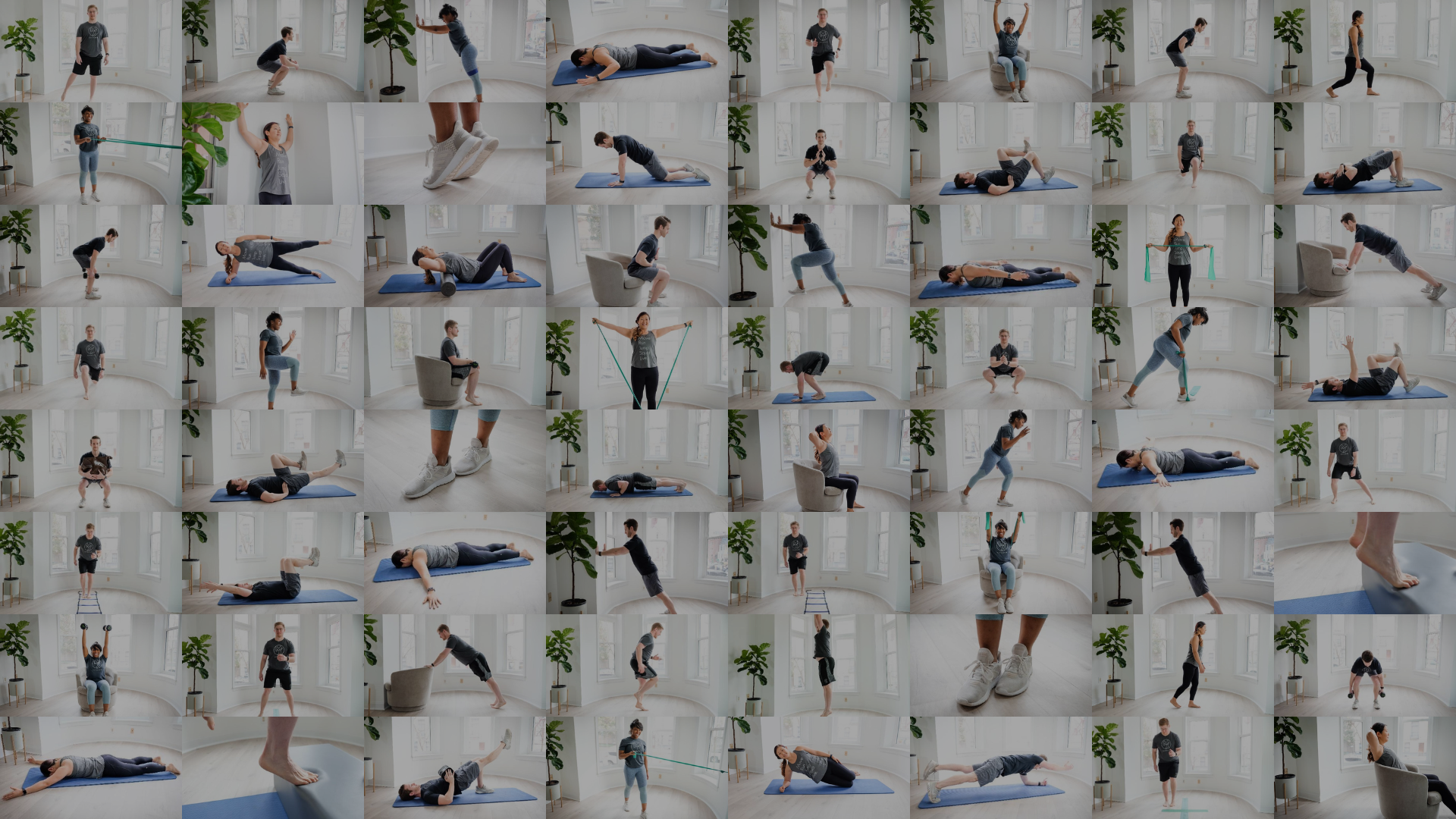
AgeProof Your Body – Exercise Library
Snatch
Exercise Library > Snatch
How to do a Snatch
Snatches are a great exercise to build explosive power and coordination across the whole body. For older adults, snatches can be useful to build strength required for activities like standing up from a lower chair and lifting suitcases into an overhead bin.
Snatches can be performed in a variety of ways to accommodate for different ability levels and preferences. Use the three options below to challenge your body’s ability to lift a heavy object overhead using momentum from the lower body.
Here are three modifications with video demonstrations of the Snatch.
Level 1:
Seated Snatch
Level 2:
Partial Range Snatch
Level 3:
Full Range Snatch
Level 1
Seated Snatch
While sitting, hinge your trunk forward to grab a weighted object placed between your legs.
Use the momentum of your trunk to swing the object overhead, finishing in a stable position with your arm extended straight above you.
Then, lower the weight back down, using your trunk to “catch” or slow down the weight.
Level 2
Partial Range Snatch
While standing, hinge forward to grab a weighted object located on an elevated surface.
Use the momentum of your trunk and legs to swing the weight overhead, finishing with the arm straight above you.
Then, lower the weight back down, adding a hinge or squat to help “catch” or slow down the weight.
Level 3
Full Range Snatch
While standing, hinge and squat downward to grab a weighted object on the ground.
Use the momentum of your trunk and legs to swing the weight overhead, finishing with the arm straight above you.
Then, lower the weight back down, adding a hinge or squat to help “catch” or slow down the weight.
🟢 What You Should Feel:
Muscles working in your core, legs, and upper body.
🔴 What You Shouldn’t Feel:
Pain in the neck, shoulder, back, or legs. Instability in the shoulder.
📶 Progression Criteria:
Progress to the next level or add more weight when you can perform 10-15 reps without instability or fatigue.
Remember to consult with your individual doctor or physical therapist with specific questions or concerns regarding exercise.
Want to learn more?
Join our online exercise community for individuals 60+ to learn more exercises and strategies for healthy aging from our team of movement experts.




